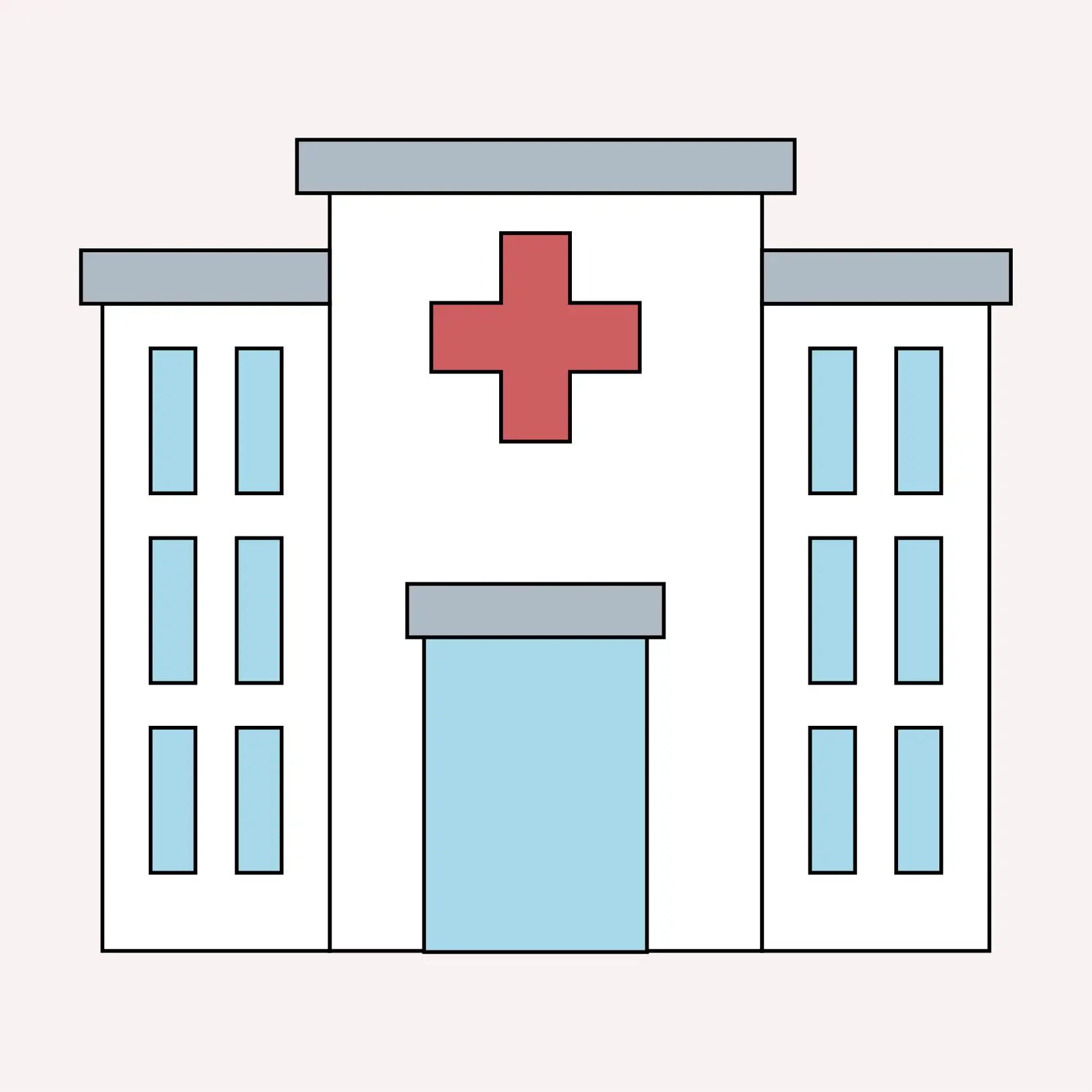Check out our White Paper Series!
A complete library of helpful advice and survival guides for every aspect of system monitoring and control.
1-800-693-0351
Have a specific question? Ask our team of expert engineers and get a specific answer!
Sign up for the next DPS Factory Training!

Whether you're new to our equipment or you've used it for years, DPS factory training is the best way to get more from your monitoring.
Reserve Your Seat TodayHospitals have critical systems that must stay online - no exceptions. Life-saving equipment like ventilators, monitors, and surgical tools rely on a constant, stable power supply.
When that power goes down, those devices can't help anyone. And without proper remote monitoring in place, problems can go unnoticed until it's too late.
Hospitals are 24/7 environments where every second counts. You can't afford any extra surprises. That's why proactive remote monitoring is no longer optional.
Let's break down the hidden risks of infrastructure outages, why traditional monitoring methods fall short, and what a truly hospital-grade monitoring solution looks like.

If you're responsible for hospital infrastructure, you know that an outage is more than an inconvenience - it's a crisis. Without dependable remote monitoring in place, you risk:
Hospitals typically do something to ward off outages. The trouble is, many of your current strategies are probably incomplete, reactive, or outdated. Let's look at a few common approaches that don't address the full scope of their needs:
It's tempting to think a "self-monitoring" ventilator or lab device has you covered. The unfortunate reality is that relying solely on that built-in functionality can be dangerous:
To fix these limitations, use a general-purpose monitoring system to unite all alarms - medical and non-medical - under one dashboard.
A hospital is not just a single building. It's a multi-layered campus with wings, departments, labs, and specialty centers. Each part may operate semi-independently, yet they're all tightly interwoven:
With a unified monitoring platform like T/Mon, you can:
Imagine if you were never in the dark about your hospital's infrastructure. All of your critical systems - power, network, HVAC, telecom, life-safety equipment - are watched around the clock. This way, you get instant alerts sent out before failure happens.
Here's the blueprint for a truly integrated remote monitoring system:
Regulatory audits from The Joint Commission, CMS, HIPAA teams, or internal governance are unavoidable. You need proof that your hospital is prepared to prevent downtime.
With the right monitoring in place, you can:
The T/Mon Master Station makes documentation easy. Just export PDF reports or automated logs to share with auditors and pass inspections with confidence.
Some hospital areas (pharmacy storage, blood banks, genetic testing labs) demand even more precise environmental control:
These failures can spoil medication, cost you valuable research, or delay critical diagnoses.
DPS monitoring solutions track temperature, humidity, airflow, and more to make sure you're alerted to out-of-spec conditions immediately. You should never lose priceless resources to a simple system oversight.
When hospital systems go offline, the direct costs (spare parts, labor) are just the beginning. Indirect costs can overshadow everything else:
Effective monitoring doesn't just lessen repair costs - it protects your bottom line and your hospital's community standing.
Let's break down how DPS Telecom checks every box of a true hospital-grade solution.
NetGuardian RTUs support SNMP, Modbus, analog inputs, contact closures, serial ports, and more. This way you can monitor your brand-new SNMP-enabled UPS or an older HVAC with dry contacts - without any issues.
Hardened hardware with redundancy makes sure your network monitoring stays online, even in the harshest environments. Devices come equipped with dual power inputs - either AC or DC - to provide failover protection in case of a power source failure.
Built-in battery backup and surge protection keep your systems running during unexpected outages or electrical spikes. Internal watchdog timers automatically recover devices from lockups without requiring manual intervention.
At the central level, the T/Mon Master Station adds even more resilience with RAID storage for data protection and redundant cooling fans to prevent overheating.
Real-time alerts ensure the right people are notified the moment something goes wrong. Whether it's via SMS, email, SNMP traps, voice alerts - or all of the above - your team will know what's happening.
If the first contact doesn't respond, alerts can automatically escalate to the next person in line. Customizable schedules let you route alarms based on shift, department, or alarm severity, so every alert reaches the right person at the right time.
With one central dashboard, T/Mon gives you single-pane-of-glass visibility across your entire campus. You can easily view alarms organized by building, floor, or equipment type, making it simple to pinpoint issues. Filters let you sort alarms by category - such as power, temperature, or telecom - so you can focus on exactly what matters most in any given moment.
You can predict issues before a failure by collecting and analyzing trending data from your network. Spot early signs of trouble like battery deterioration, temperature spikes, and other anomalies before they turn into outages.
Set up early-warning alerts to take action before a crisis hits. With historical reports at your fingertips, you're also able to justify preventative maintenance and infrastructure upgrades with hard data.
DPS systems allow you to stay secure and compliant with features designed for sensitive environments. SNMPv3 encryption, user access controls, and built-in audit logs help protect your data and ensure accountability.
These system also support isolated networks or fully air-gapped deployments, ideal for high-security operations. Whether you're aligning with HIPAA, The Joint Commission, or your own internal security frameworks, DPS devices will help you get the job done.
DPS gear is proudly built in-house right here in the USA, giving you quality you can trust and fast turnaround times.
Need something custom? We design everything from wiring harnesses to protocol converters to match your exact requirements. And when you call, you'll talk directly with the engineers who build your gear (not a call-center script!).
If you oversee hospital infrastructure, you've felt that jolt of anxiety when something goes dark unexpectedly. Luckily, there's a better way.
You don't have to do this alone. Our team of engineers will help you plan, design, and deploy a remote monitoring system tailored to your hospital's needs.
Call us: 559-454-1600
Email: sales@dpstele.com
From pharmaceuticals and lab environments to generator backups and telecommunications, DPS has you covered. Let's make sure your hospital is protected - no matter what happens.

Andrew Erickson
Andrew Erickson is an Application Engineer at DPS Telecom, a manufacturer of semi-custom remote alarm monitoring systems based in Fresno, California. Andrew brings more than 18 years of experience building site monitoring solutions, developing intuitive user interfaces and documentation, and opt...